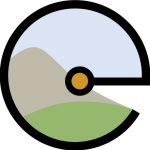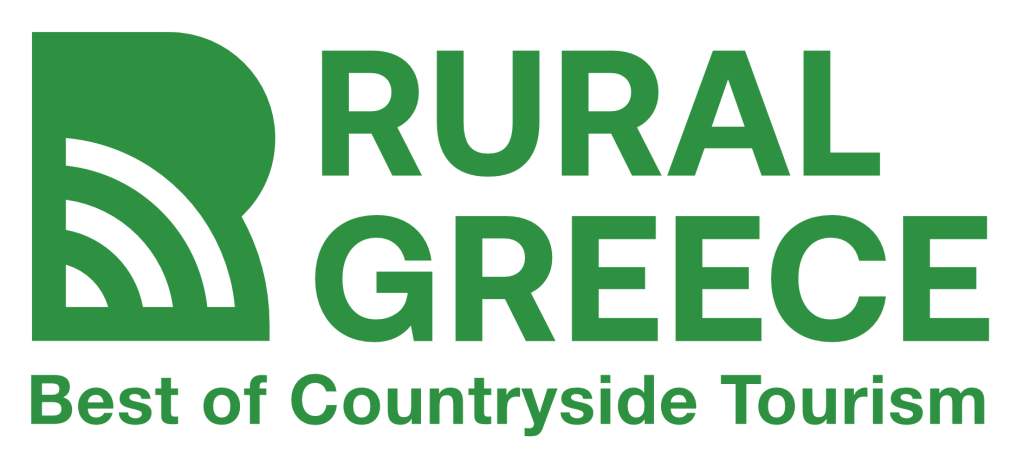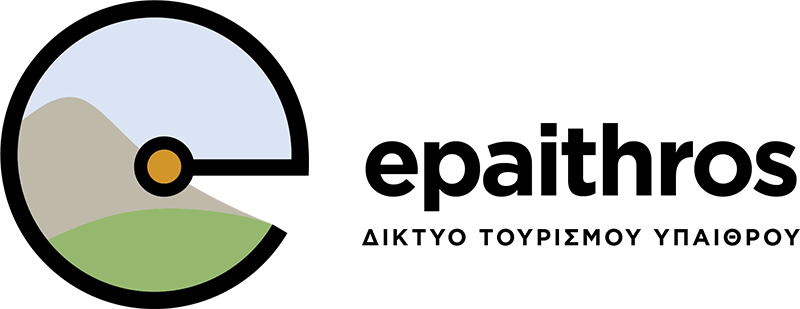Title – Name
Bourgogne-Franche-Comté Tourisme
Scope / Sector / Industry
Wine Tourism
Country / Region
France, Burgundy
Why is it good practice?
The case of Burgundy wine tourism is considered a good practice as, despite the region’s reputation and history in the wine sector, a great effort has been made to maintain this reputation over the years, through products and services that meet current needs and market demand. The Burgundy Region (Bourgogne-Franche-Comté Region), the main ambassador of the region’s wine tradition, uses strategic planning as a tool to capitalize on its strong advantages, such as the long history of its wine, and introduces a quality tourism product of excellence that is worth trying and exploring by the visitor.
How is it applied?
The Burgundy region has a rich wine heritage. Some of its vineyards are internationally renowned, such as the Burgundy vineyards, whose vineyards have been listed as World Heritage Sites and constitute a real wine tourism offer.
The wine history of Burgundy dates back to Roman colonization, with the cultivation of the first vineyards. After the fall of the Roman Empire, viticulture was controlled by the Church until the French Revolution. Until then, the vineyard was not a factor of attraction for the consumer and even less for the tourist. However, at the beginning of the 20th century this gradually began to change and wine is treated as a cultural asset, worthy of interest and even as a factor of attractiveness. In fact, after successive crises in wine production, Burgundy is beginning a process of shaping a regional identity, with the aim of attracting tourists to the region.
Wine and gastronomy are slowly becoming the subject of management by local political actors and by the professionals of the sector themselves, as important assets to promote. Already since the 1920s, Burgundy has begun to promote its historical and cultural heritage and to create a comprehensive regional image based on viticulture, gastronomy, culture, architecture and natural heritage. The emphasis on the long wine history of the place was the guarantor of the quality of the vineyards and the “fine” wines offered. Castles, monasteries, historic vineyards constituted the image of Burgundy until then. However, after the Second World War and the arrival of new competitive producing countries (America), the wine tourism policy changed. Tourism initiatives such as the creation of wine experiences in wineries and vineyards, which first emerged in America, became a new practice in Europe. Burgundy followed the new trends and today offers similar wine experiences.
The promotion of wine tourism has been and continues to be strengthened by the state, local authorities, interprofessional organizations and stakeholders. Indicative important milestones that contributed to the promotion of the local wine heritage were the following:
- The creation of the “Appellations d’Origine Contrôlées” label (Protected Designation of Origin) in 1935. Today, the Region has 104 PDO areas.
- The inclusion of the “Vineyards of Burgundy” on the UNESCO World Heritage List in 2015.
- The creation of the “Vignobles et Découvertes” (Vineyards and Discoveries) label in 2009, by the French Tourism Development Agency. The label gives institutional and legal recognition to service providers who meet specific specifications (high quality of reception in French or a foreign language, specific wine knowledge and willingness to share, tradition as well as openness to the natural, cultural and human heritage). In Burgundy, all vineyards have now been awarded this label, confirming the strong growth of wine tourism in recent years. In total, there are nearly 840 certified service providers in 6 “Vignobles et Découvertes” areas.
- The encouragement of the production of “fine” wines by many local actors such as the Confrérie des Chevaliers du Tastevin brotherhood, reinforcing the image of the quality of local wines.
- The creation of the “Bourgogne-Franche-Comté Tourisme” (Tourism Office), by the Region in 2016.
Today, wine tourism in Burgundy has developed significantly and is becoming increasingly important for the wine sector and local development. The Region ranks 4th nationally in terms of market share (16%) in the wine tourism sector, after Bordeaux (18%), Champagne (17.2%) and Alsace (16.9%). 40% of Region’s visitors come from abroad and the level of tourist spending is much higher than other sectors. Generally, the Burgundy wine sector is important for the local economy. The turnover in the sector is estimated at 1.74 billion euros, while winemaking represents 2% of regional GDP. The Bourgogne Wine Board lists 3.943 wine-producing companies. Of these, 16 are cooperative cellars, 269 are commercial houses and 3.659 are wineries.
In the 2017 – 2022 Tourism and Leisure Development Plan of the Bourgogne-Franche-Comté Region, wine tourism was one of the 5 strategic challenges. According to the plan, one of the Region’s objectives was to become the leading wine tourism destination in France, mainly in terms of quality of service and not quantity of visitors. The plan aspired for the Region to hold national leadership in the wine tourism sector (with the main competitor being the Bordeaux region) with excellence being the keyword in its efforts. This ambition was also reflected in the strategy’s actions, which aimed to improve the wine tourism offer, by encouraging the main providers of wine tourism experiences to further develop their services. Education, promotion, accessibility, digital transformation projects and the creation of large tourist facilities were some of the actions of the plan.
The result of the above plan was the development of the Regional Wine Tourism Plan in 2022, which promotes the narrative of “Wine Tourism of Excellence”. It is addressed to three target markets, wine experts, curious people who have recently become involved with wine and want to get to know it better and enthusiastic beginners who want to get to know the destination and through it the wine.
The three strategic objectives of the plan are:
- High wine tourism reputation, through the development of a marketing strategy based on demand, training and support for professionals with the aim of improving the quality of their services provided, the creation of a wine tourism website with inspiring content and personalized offers for visitors (including a series of “Excellence” proposals), the creation of a network of wine tourism accommodations and new services and tools for the attractiveness and promotion of wine tourism.
- Wine tourism with a positive impact, through the creation of new events or adaptation of existing ones to the wine culture, a network of local advisors for entrepreneurs, a one-stop shop service for investors, the development of the “Vignobles & Découvertes” labeling network, the training of entrepreneurs, cooperation with other wine towns, etc.
- Leadership and anticipation of changes, through the creation of a governance system by the Region itself, with the aim of animating, influencing, integrating economic, social and environmental issues and committing to sustainable development, the creation of a digital platform with B2B services, the development of an ecologically responsible wine tourism policy, the creation of resilience tools for stakeholders (support plan, forecasting, etc.), the creation of an observatory for excellence, etc.
In continuation of the above, the Tourism and Recreation Development Plan of 2023 – 2028, amidst the global environmental challenges, focuses on tourism policies that have a sustainable impact on the economy, society and the environment. Wine tourism is considered one of the 4 thematic tourism sectors of the Region and is again treated as a regional sector of excellence and is linked to other tourism experiences in nature. It should be noted that actions for sustainability in the sector are not yet particularly evident, although steps have been taken in this direction.
Today, the Region, through its Tourism Office, has proceeded with the following indicative initiatives:
- Creation of a tourism online platform for professionals in the sector. There, all the necessary information is offered, such as the Region’s tourism policy, the Tourism Marketing Strategy, the tourism professional exhibitions and events that are implemented, the educational programs for professionals, the annual progress reports, the destinations of the Region, the tourism development sectors, including wine tourism with corresponding information, digital tools and the Observatory, etc.
- Creation of a tourist online platform for visitors. There, all the necessary information about tourism in the region is offered. Specifically for wine tourism, information is provided on its wine destinations, wine tourism routes (6 in the entire Region), its vineyards, “Vignobles & Découvertes” destinations, as well as suggestions for wineries (with an emphasis on those that adhere to sustainability rules), monuments (Unesco, etc.), museums, accommodations, restaurants (with an emphasis on haute cuisine and Michelin stars restaurants), farms that offer food from their own raw materials and other services such as cooking classes, tastings and alternative activities (cycling, hiking, etc.). It is important to mention that the emphasis on quality and luxury that the Region wants to achieve is evident from the way all the above information is presented without, however, making a destination inaccessible to many visitors.
- The creation of “Lab’œnotourisme”, i.e. wine tourism workshops, which are implemented by the Region and involve private and public tourism and wine tourism bodies, interdisciplinary sectors and representatives of research and teaching with the aim of consulting on improving the services offered to tourists.
- The creation of the “Qualité Tourisme Bourgogne- Franche-Comté” label, the label awarded to tourism professionals for the quality of their welcome and services, in response to the excellence sought by the strategic planning.
- The creation of an e-learning platform for sustainable tourism, which is aimed at professionals in the sector.
- The creation of a pass for tourists, residents and professionals which provides discounts on services provided by partners of the Region.
Where is it applied?
The effort to promote wine tourism in the Burgundy region and its management initiatives by the Region directly concern region’s visitors, especially those who want to experience a more luxurious wine experience. Indirectly, the Region’s actions also contribute to local prosperity and development.
When did it applied?
Bourgogne-Franche-Comté Tourisme was established in 2016.
Results
According to data from the Observatory, total visitor arrivals in the region increased in 2023 by 3.8% compared to 2022, from 73.3 million overnight stays in 2022 to 76 million in 2023. Overnight stays by French tourists increased by 5.9% over the course of a year, while those of foreign tourists increased by 9.6%, with Germans and the Dutch in the top two positions among foreign visitors.
Other Information
The official website of Bourgogne-Franche-Comté Tourisme is: https://www.burgundy-tourism.com/




